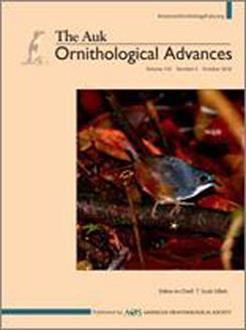Understanding how biotic and abiotic interactions influence community assembly and composition is a fundamental goal in community ecology. Addressing this issue is particularly tractable along elevational gradients in tropical mountains that feature substantial abiotic gradients and rates of species turnover. We examined elevational patterns of avian community structure on 2 mountains in Malaysian Borneo to assess changes in the relative strength of biotic interactions and abiotic constraints. In particular, we used metrics based on (1) phylogenetic relatedness and (2) functional traits associated with both resource acquisition and tolerance of abiotic challenges to identify patterns and causes of elevational differences in community structure. High elevation communities were composed of more phylogenetically and functionally similar species than would be expected by chance. Resource acquisition traits, in particular, were clustered at high elevations, suggesting low resource and habitat diversity were important drivers of those communities. Traits typically associated with tolerance of cold temperatures and low atmospheric pressure showed no elevational patterns. All traits were neutral or overdispersed at low elevations suggesting an absence of strong abiotic filters or an increased influence of interspecific competition. However, relative bill size, which is important for thermoregulation, was larger in low elevation communities, suggesting abiotic factors were also influential there. Regardless of metric, clustered and neutral communities were more frequent than overdispersed communities overall, implying that interspecific competition among close relatives may not be a pervasive driver of elevational distribution and community structure of tropical birds. Overall, our analyses reveal that a diverse set of predominantly biotic factors underlie elevational variation in community structure on tropical mountains.
How to translate text using browser tools
5 October 2019
Biotic interactions are the dominant drivers of phylogenetic and functional structure in bird communities along a tropical elevational gradient
Andy J. Boyce,
Subir Shakya,
Frederick H. Sheldon,
Robert G. Moyle,
Thomas E. Martin
ACCESS THE FULL ARTICLE

The Auk
Vol. 136 • No. 4
October 2019
Vol. 136 • No. 4
October 2019
Abiotic
biodiversity
competition
Environmental filtering
Mountains
niche conservatism




